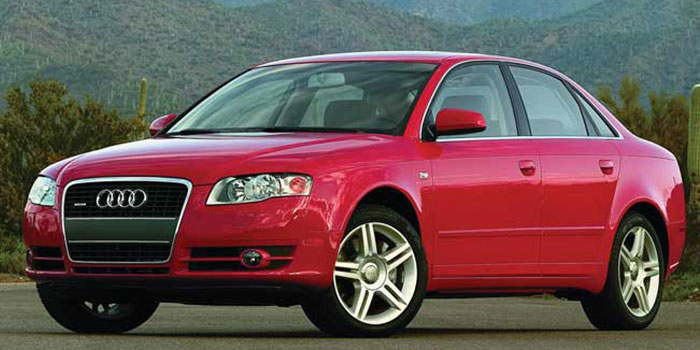High Pressure Direct Injection Fuel Systems
The main destroyer of high-pressure fuel pumps is a lack of oil changes.
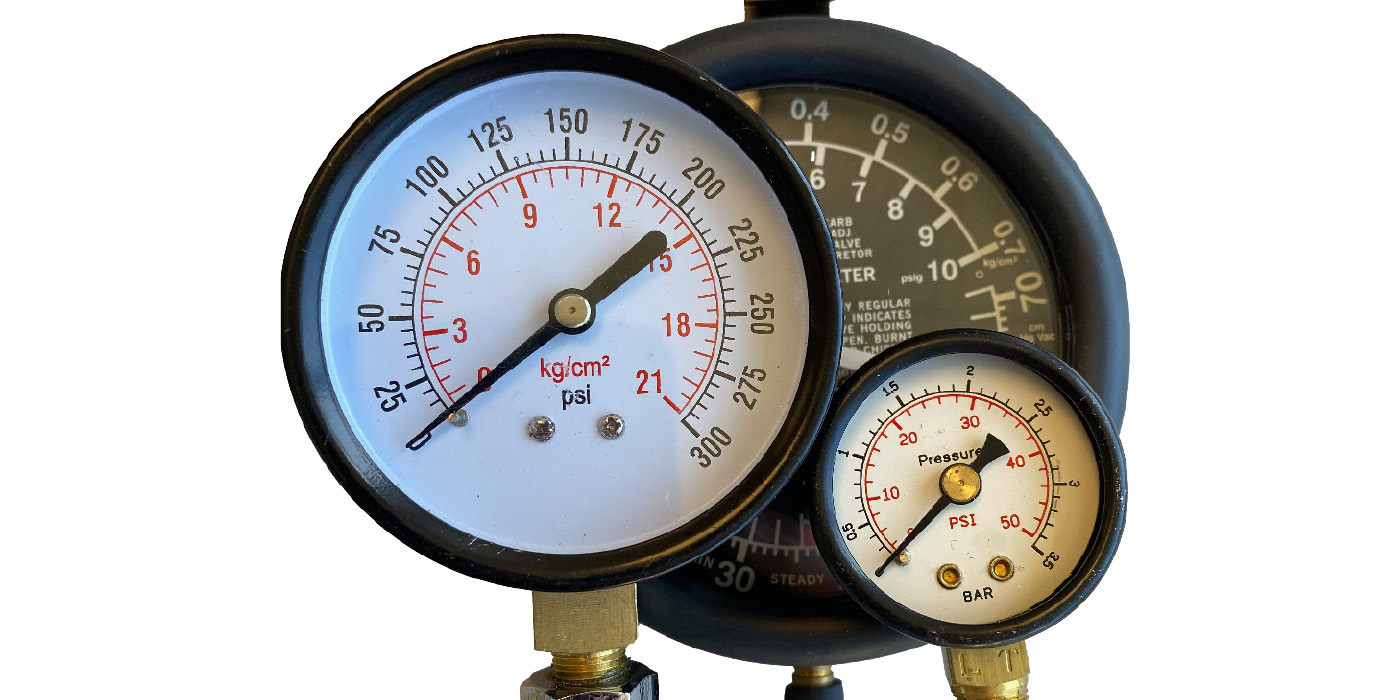
Carbon Deposits and Direct Injection Engines
The primary cause of these problems is that fuel and added detergents are not hitting the back of the intake valves.

Mercedes-Benz Direct Injection
You may think that direct injection is rather new technology, but it might surprise you to hear how long it has been around.
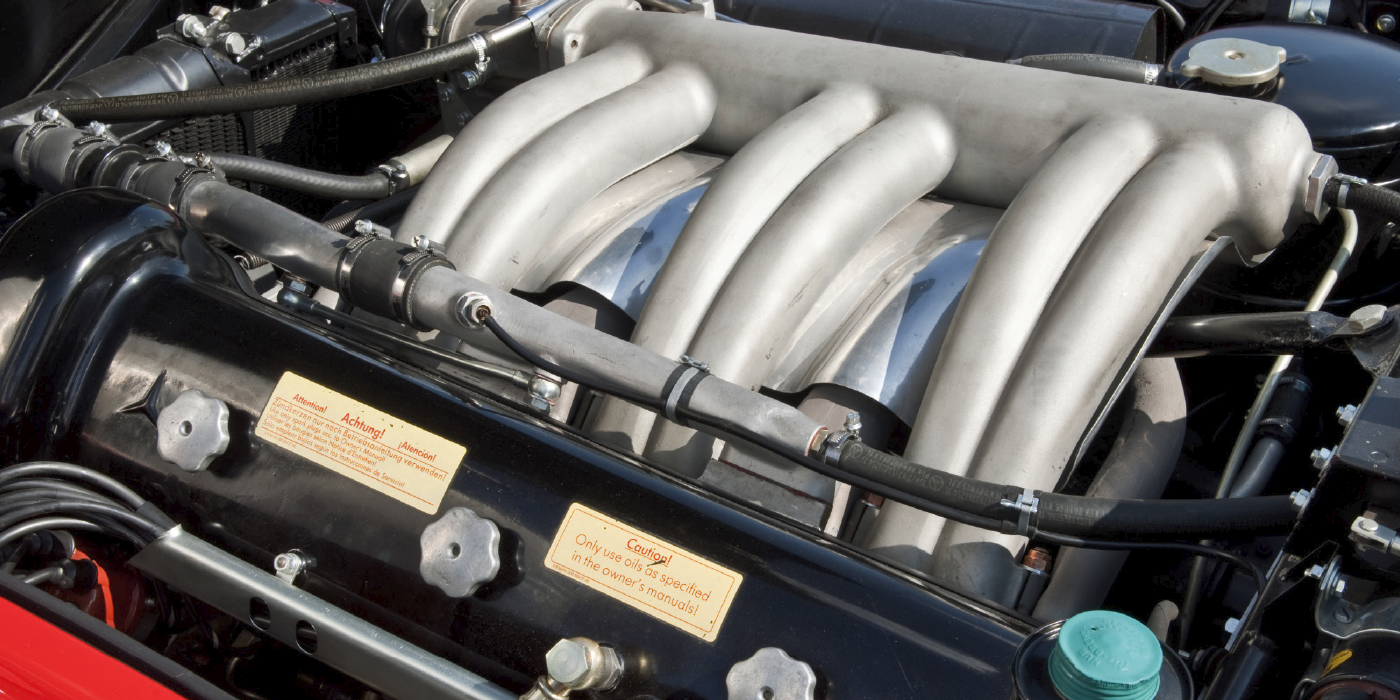
Direct Injection and Turbochargers
Making more power with less displacement puts additional stress on the engine.
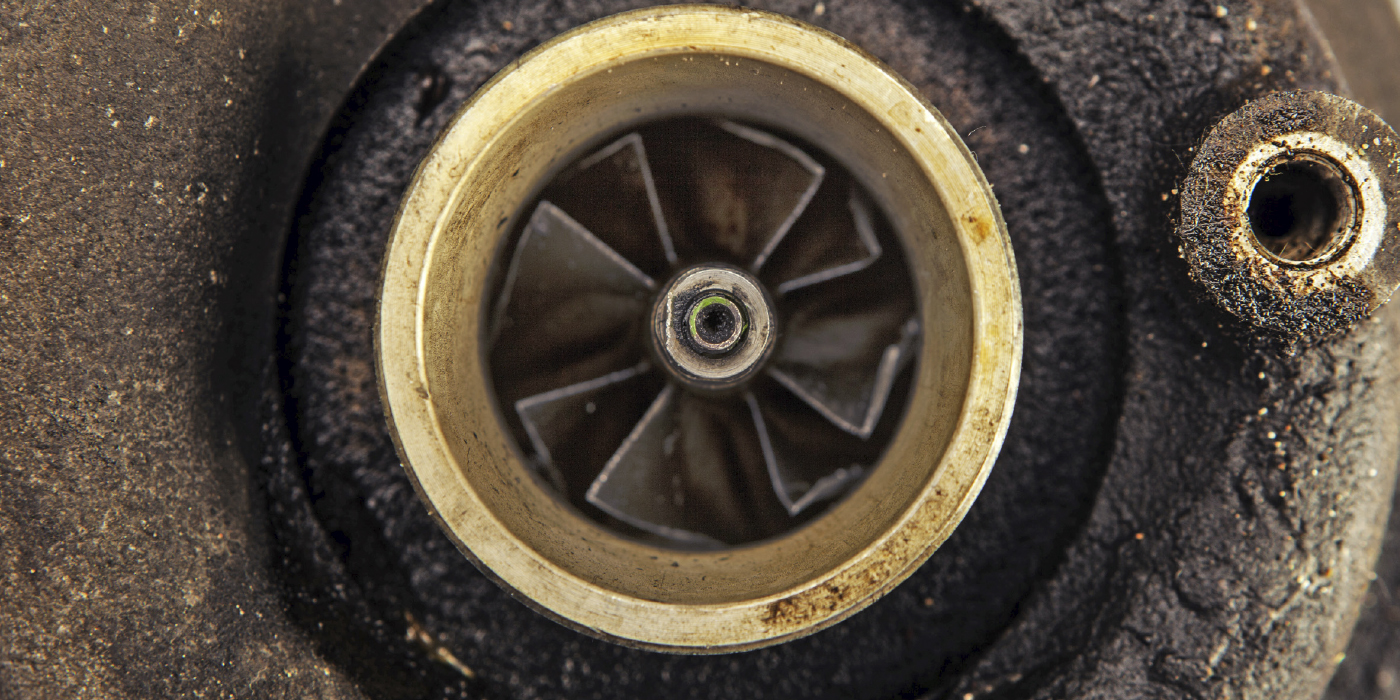
7 Reasons Direct-Injection High-Pressure Fuel Pumps Fail
High-pressure fuel pumps can malfunction and/or fail due to a number of factors.
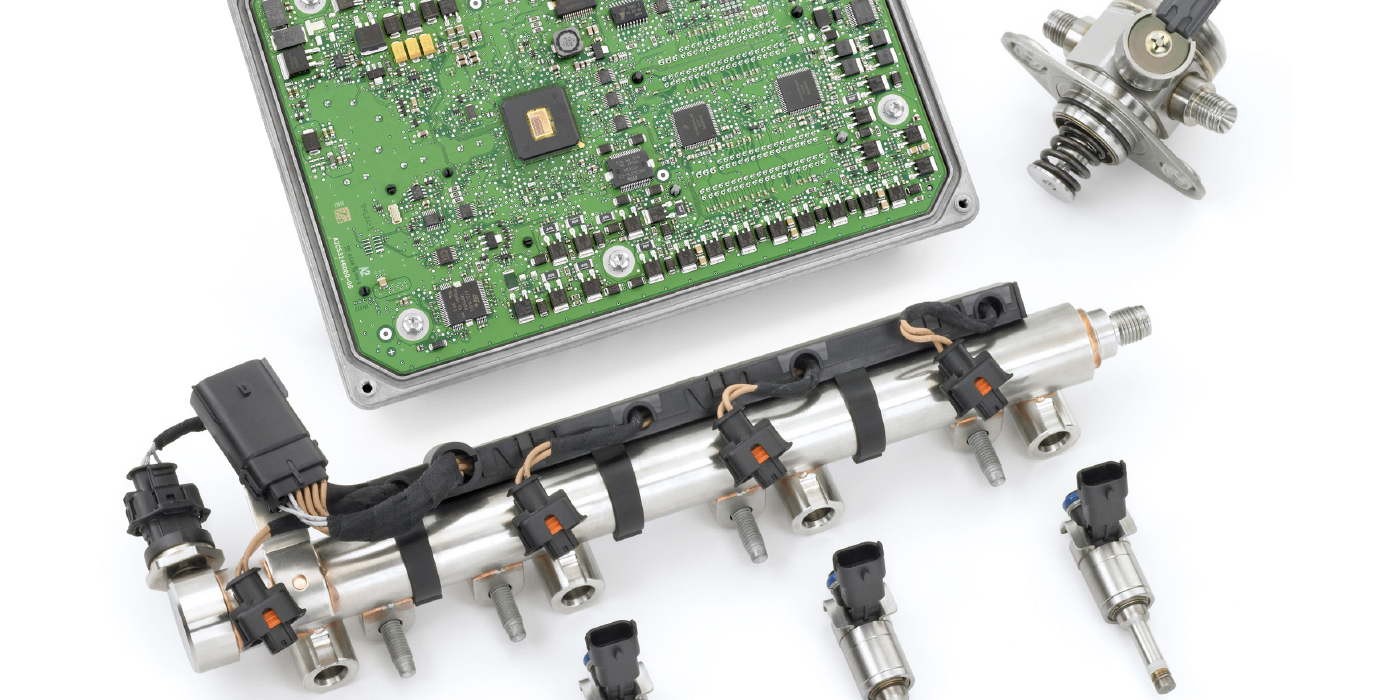
VIDEO: Direct Injection And Oil
Andrew Markel shows how the fuel pump, variable valve timing, and oil well work together, and how the failure of one of these components can lead to codes and other problems.
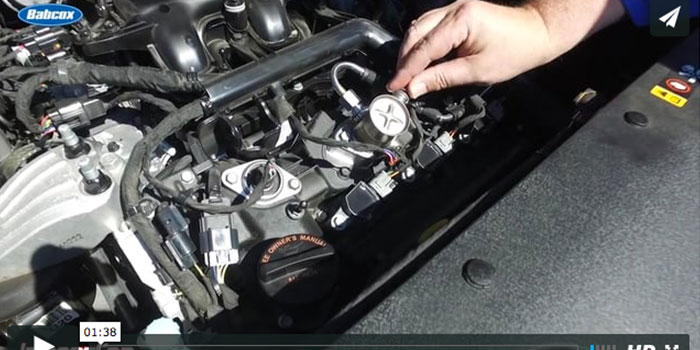
Direct Injection And Carbon Deposits
In 1985, Saab began using the new Bosch LH fuel injection system, and Volvo and other carmakers followed suit. The system worked such that incoming air passed through an airflow meter that sent a signal to the engine ECU telling it how much air was going into the engine. The coolant temp sensor then told the ECU how cold or warm the engine was, and it opened and closed the injectors when needed.
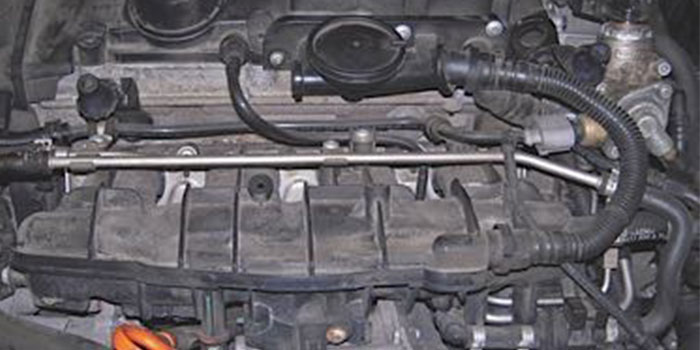
Audi Direct-Injection Issues & Carbon Deposits
In 2006, we saw the first of the direct-injection cars. VW and Audi located the injectors directly into the combustion chambers for greater efficiency. By this time, we had been seeing variable valve timing for at least six years, and there were a few cars that had variable intake runners. The new A4s and Passats had both and, in addition to the in-tank fuel pump, they had a cam-driven, mechanical high-pressure fuel pump that ran the fuel pressure as high as 120 bar. They are great cars, but began to exhibit a few problems that we started to see after a few years.
